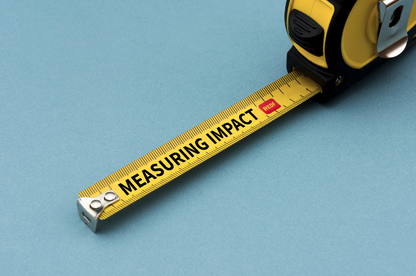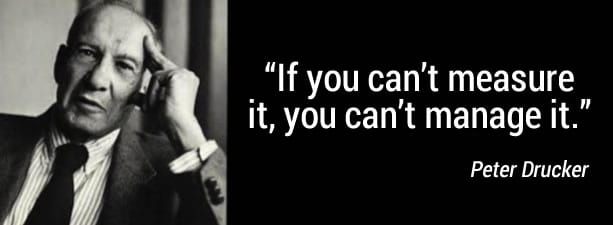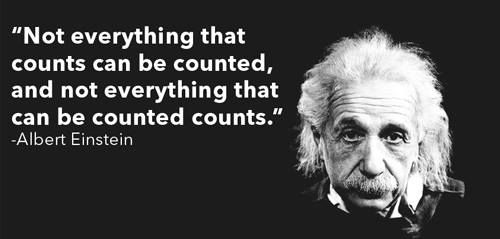As a quick refresher, a postdoctoral scholar (postdoc) is an individual with an advanced degree (Ph.D.) engaged in a period of additional training to build the skills and experiences necessary to launch themselves into an independent career of their choosing.
While traditionally a postdoc was considered the necessary "next step" in one's training progression to ultimately obtain a faculty position, postdocs move into a variety of careers after their time in postdoctoral training.
The goal of postdoctoral offices are to support these scholars in their career and professional development. However, many postdoc offices are under-resourced to provide this much needed support to a critical component of the scientific workforce. Many are offices of 1-2 people responsible for supporting anywhere from 300 to 1,200+ postdocs. I believe one of the missing pieces allowing postdoc offices to obtain additional support is to better measure and report on the contributions postdocs make to the academic and research institutions that employ them.
Despite the varied and important roles they play, postdocs are often overlooked as a key constituency by administrators and leaders at research and academic institutions in the United States and globally.
I believe that measuring postdoctoral impact on the teaching/training and research/scholarship endeavors of institutions will better illuminate the key role they play in research organizations.
I also hope this process leads to increased institutional support for the postdoc population.
- Papers published (# of papers published, # of 1st-authored papers published)
- Students mentored (# of students mentored, dissertation/thesis supervision of graduate/undergraduate students)
- Teaching (# hours lectured, # courses taught, # of students taught, course evaluations)
- Grant money (% of contribution to advisor’s research grant applications, Co-Principal Investigator (PI) roles on grants, postdoc fellowships received)
- Contribution to lab and project management (assisting their PI supervisors in managing experiments/projects/timelines, freeing up PIs to focus on other tasks)
- Patents filed, intellectual property developed
- Service performed for the university (sitting on various committees, serving in a leadership role for a campus organization like a postdoctoral association)
- Publications are often not published until 6-12 months after the first manuscript submission. Thus, a metric of publications will show postdoc impact in the past and not current impact. Conference presentations and preprint publications by postdocs may be additional metrics one could collect to gauge short-term scholarly impact.
- Postdoc mentoring of students is often not formalized (or even officially allowed). While a postdoc may contribute substantially to helping a graduate student in their dissertation work, the Principal Investigator (PI) of the lab (the postdoc's supervisor) is the mentor of record.
- Regarding teaching, postdocs are often not allowed to be “instructor of record” on courses (except in the case of the small number of teaching postdocs, whose job duties include primarily teaching) and are often discouraged from teaching in place of conducting research work. However, lecturing and other teaching roles postdocs perform should be measured as this contributes to the overall educational mission of universities.
- In the area of grants, postdocs often contribute substantially to grant applications, whether that be in the form of preliminary data they collect/analyze or assisting PIs in conceiving and/or writing of grant proposals. However, a postdoc cannot serve as a PI (and sometimes, depending on the policy of the training institution, Co-PI) on grant applications as they are not “faculty.” Thus, quantifying postdocs’ contribution to grant money received is complicated. There is no doubt, however, that they play a role (and sometimes substantial one) in many grant applications.
- Measuring postdoc contributions to lab management is complex. It is the PI’s role to manage their labs. Thus, even if postdocs contribute substantially in assisting them in this role, some PIs may not feel that they can acknowledge this work as it could diminish their perceived role as the lab’s director.
One immediate way to address this and that I acknowledge is occurring with many PIs is to include mention of postdoc contributions to successful grant applications in letters of reference the PIs write on their behalf. In this way, a PI can make clear that the postdoc contributed substantially to a successful research grant application and will be capable of serving as PI on their own grants if they transition to an independent faculty position of their own.
| From conversations had at the National Postdoctoral Association (NPA) annual meeting and with colleagues, postdoc offices are staffed relatively sparsely. It is often difficult for these offices to quantitatively support the value they bring to an institution. Thus, resource allocation to these offices are often minimal as the value proposition for their existence has not been made. While clearly postdocs’ receive the majority of their research training from their lab supervisors, the postdoc office at most institutions provides valuable support in assisting postdocs in their career & professional development, especially in regards to the pursuit of nonacademic careers. |
Bringing the lab back in: Personnel composition and scientific output at the MIT Department of Biology
Contribution of postdoctoral fellows to fast-moving and competitive scientific research
Postdocs as Mentors - When it comes to everyday mentoring and training in the sciences, postdocs are the new PIs.
Pubmetric - Authorship crawler that document the publishing record for trainees and their PIs via Pubmed
Publons - Track your publications, citation metrics, peer reviews, and journal editing work in a single, easy-to-maintain profile
SciVal - From Elsevier. Allows you to visualize your research performance, benchmark relative to peers, develop strategic partnerships, identify and analyze new, emerging research trends, and create uniquely tailored reports.
See also
NC State Libraries Research Impact & Metrics Landing Page
Academic Analytics
NPA Institutional Policy Report & Database - a great model that currently focuses on postdoc offices reporting on postdoc benefits, salaries, and numbers in addition to office size and budgets





 RSS Feed
RSS Feed